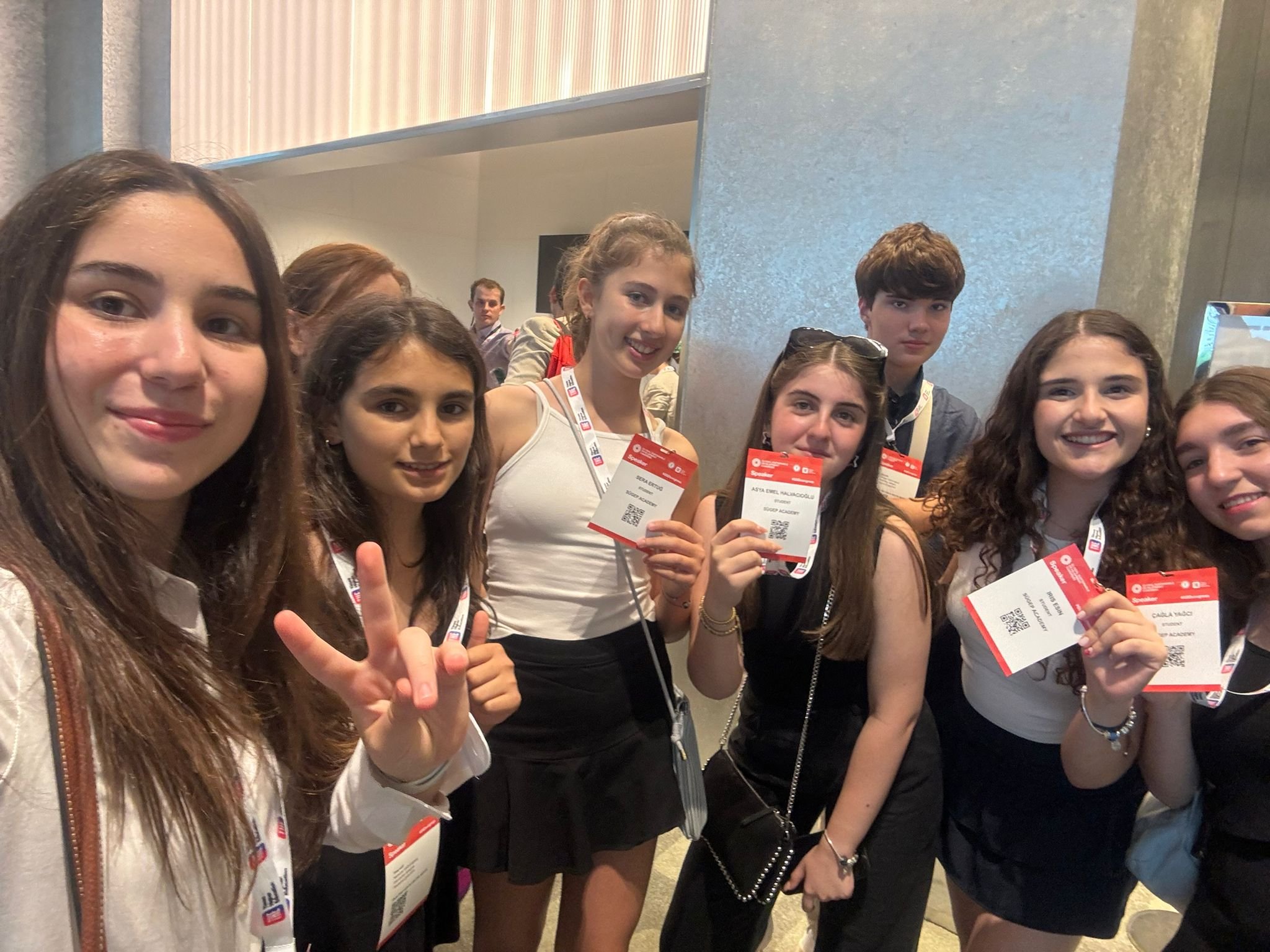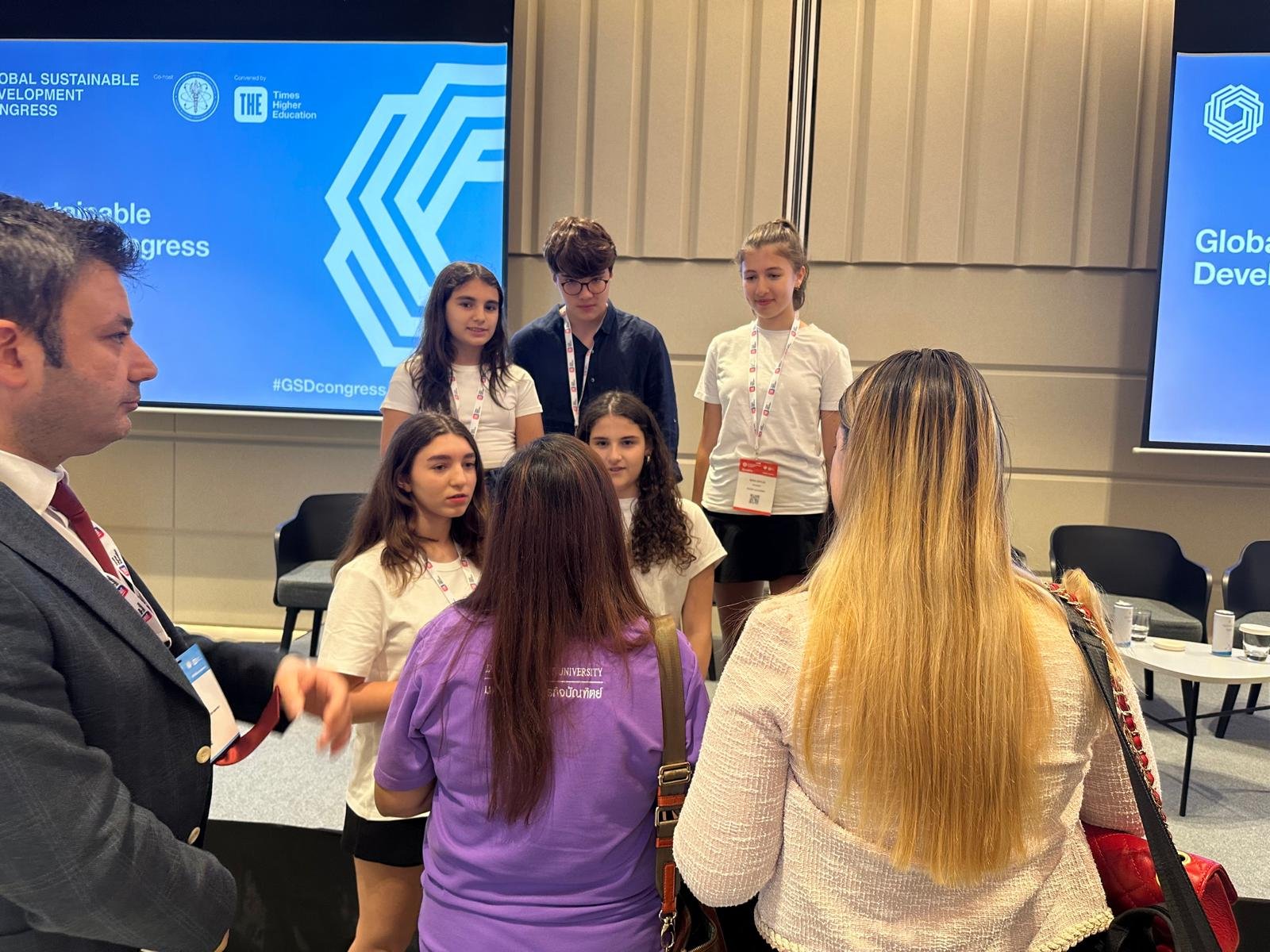—— Article written by YRE International Collaboration from Türkiye, Portugal, and the Netherlands (Twinning Group) ——
At YRE Head Office, we are always inspired by the creativity and dedication of young reporters worldwide. This year, through the YRE International Collaboration 2024/ 2025 (Twinning) , we are thrilled to highlight an exciting initiative uniting Young Reporters for the Environment (YRE) teams from Portugal, Türkiye, and the Netherlands.
This collaboration is made possible through Twinning, a YRE Programme initiative that connects schools and young people across borders to exchange ideas, share knowledge, and work together on pressing environmental issues. By fostering these international connections, Twinning strengthens global cooperation and empowers young people to take action beyond their local communities.
One unexpected but fitting topic emerged from this partnership—coffee. From its deep cultural roots to its modern-day environmental impact, coffee consumption provided the perfect lens for these students to explore sustainability challenges in their cities. By working together, they are not only researching solutions but also inspiring meaningful change in their communities and beyond.
To learn more about this collaboration, YRE International spoke with the Twinning teams in a Q&A, where they shared insights into their project, their experiences working across borders, and how they hope to inspire others to take action. Read on to discover how this initiative is brewing a greener future!
From the rich heritage of Constantinople's coffee houses to today’s bustling cafés, coffee has always connected cultures. Now, Young Reporters for the Environment from Portugal, Türkiye, and the Netherlands are uniting through this shared tradition to tackle global environmental challenges!
YRE International: How did the collaboration take place? Who contacted whom?
Twinning Group: We are YRE teams from Portugal, Türkiye, and the Netherlands as part of the YRE International Collaboration 2025. Each of us has a strong commitment to YRE, and this year, the FEE Education Programmes: Twinning brought us together. The Turkish YRE team reached out to our friends in Portugal and the Netherlands, and this is how our collaboration continued.
YRE International: How did you settle on the topic of coffee and youth?
Twinning Group: During our initial virtual meetings, students from Türkiye, Portugal, and the Netherlands identified coffee consumption and ecosystem conservation as key topics. Surprisingly, we found many cultural and traditional similarities in the places we live, one of which was traditional coffee-drinking habits. Interestingly, the world’s first coffee house, Kiva Han, opened in 1555 in Constantinople, now known as Istanbul. However, these traditions have also led to environmental challenges that need to be addressed at both local and global levels.
Driven by a shared passion for environmental change, students from Ari Private Middle School (Türkiye), EB Terras do Ave (Portugal), and Omnis College (the Netherlands) have united to address ecosystem conservation challenges in cities. They focused on three pressing issues: the rising coffee consumption among youth, the plastic waste generated by branded coffee shops, and strategies to minimise coffee's carbon footprint.
YRE International: What kind of meet-ups do you have scheduled, and what is it like working with people from other countries?
Twinning Group: We have established an action plan for our project. Students from Türkiye, Portugal, and the Netherlands host virtual meetings, during which they regularly report on the results of their local findings. Our students have engaged many project partners locally and globally, reaching out to school communities and families in Portugal, Türkiye, and the Netherlands, making this collaboration even more meaningful.
What we especially love about this international collaboration is that we meet so many like-minded people—young and old—who are passionate about making a positive impact on their countries and the planet!
Local and international YRE communities have been involved and kept informed via a WhatsApp group, schools’ social media accounts, and international platforms. Every step of our collaboration has been shared in the ‘GOLD’ International Online Kids Magazine by Ari Private Middle School.
We will continue this international collaboration by reaching out to local coffee shop markets, environmental organisations, and local and international media! By addressing these issues, we hope to inspire young people and communities worldwide to adopt sustainable habits and protect the environment.
—————————————————————————————————————————————————
If you enjoyed this story, make sure to visit our Twinning Webpage to learn more about YRE International Collaboration.
Are you looking for a Twinning partner for your own international collaboration? Join our Facebook group to connect with like-minded teams from around the world.
And if you have a collaboration you'd love to share, feel free to contact us at education@fee.global—we’d love to hear about it!




















